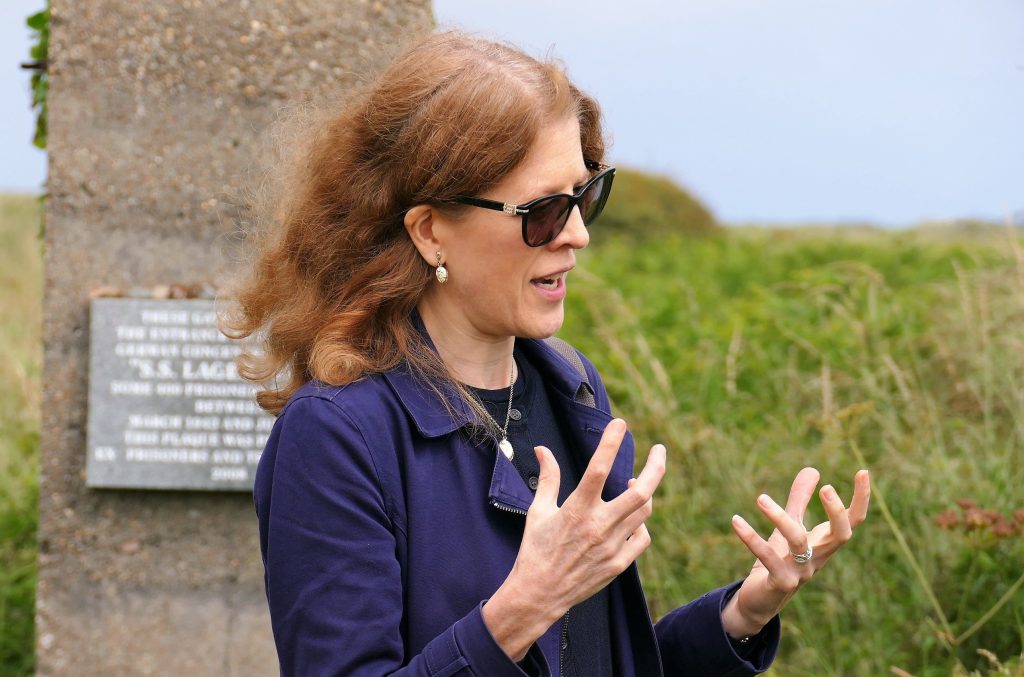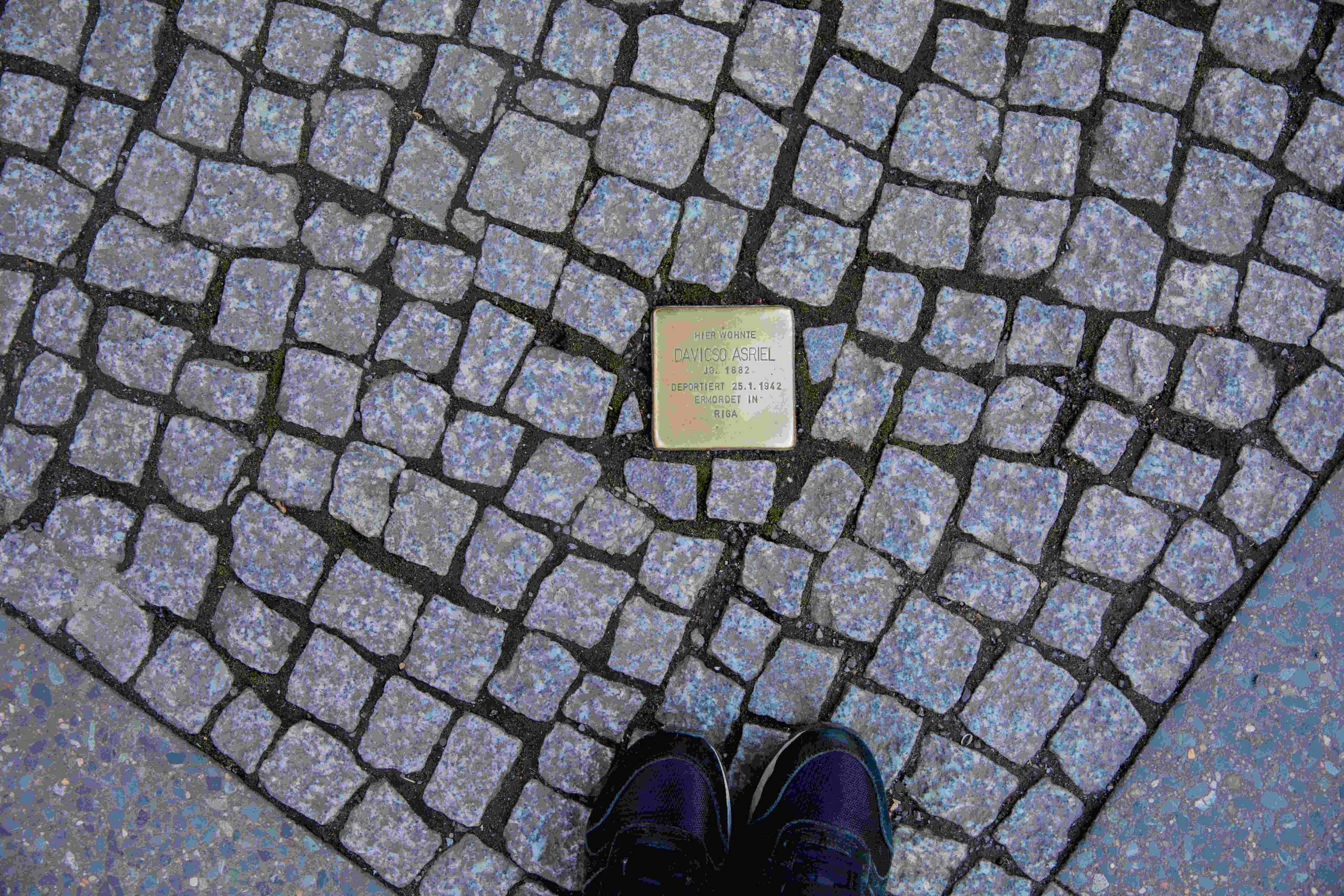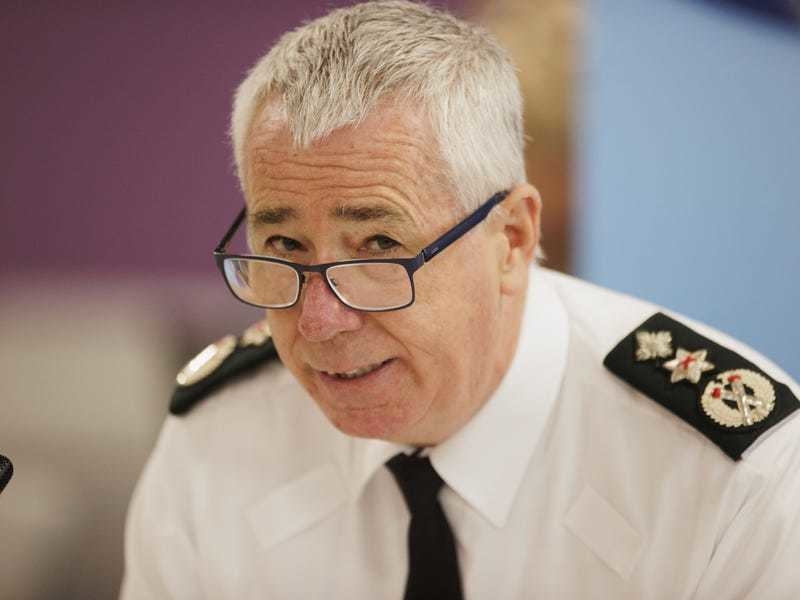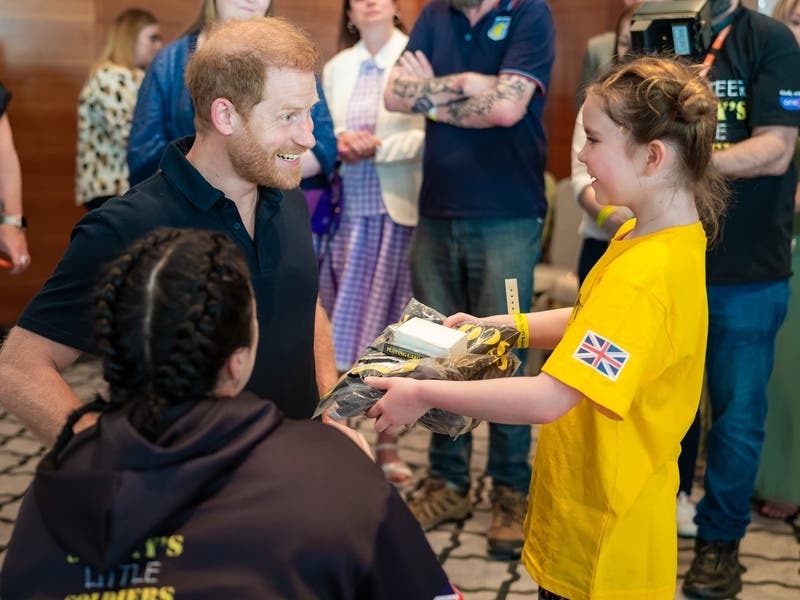MEMORIAL stones and brass plaques acknowledging the fate of Islanders who were deported and persecuted during the Second World War are set to be installed in 20 locations across the Island.
The project will see Jersey and Guernsey – where a further 12 stones are planned – join an initiative that began in Germany in 1992 and now features more than 100,000 memorials in 27 European countries.
Translated literally from German as “stumbling stones”, the “Stolpersteine” memorial plaques are 96mm square and sit on top of concrete cubes that are embedded in pavements and other walkways.

The Stolpersteine created by German artist Gunter Demnig – recording the names and fates of those persecuted by the Nazis – have been installed outside the last-known residences of those who are commemorated.
Jersey and Guernsey had not previously been part of the scheme, but a move to join was advocated last year in a presentation by Occupation historian Dr Gilly Carr.
Unanimous approval was given by members of the St Helier Roads Committee yesterday for the four stones planned within the parish, and installation is due to commence shortly.
Chris Addy, of Jersey Heritage, said it was hoped that many of the Jersey stones would be in place by late July, when Mr Demnig has been invited to witness several unveiling ceremonies that will also be attended by relatives of the Islanders concerned and representatives from schools and community groups.
Mr Addy said it was also hoped that members of Jersey’s Jewish community would attend the events in July.
The four St Helier stones cover:
-
Peter Hassall, of Byron Lane, who was part of a trio of teenagers who sought to escape from Jersey in 1942 – he was arrested and survived seven Nazi camps and prisons before being liberated in May 1945.
-
Emma Marshall, of Chevalier Road, who was accused of larceny and deported in December 1943 to be taken to 13 different prisons and forced labour camps before being liberated in April 1945.
-
Gordon Prigent, of Hope Street, who refused to paint German tanks and was sent to Alderney as a conscripted worker before being moved to the island’s Norderney concentration camp after being caught listening to radio bulletins.
-
Walter “Sonny” Gallichan, who was caught at the same time as Mr Pringent and incarcerated at Norderney, where he was whipped, beaten and starved. Both men were repatriated in 1944.
Asked by committee member Bernie Manning about whether additional information would be available to those who were interested, Mr Addy said this would be available via the Liberation Route Europe website. Jersey was a member of this organisation, he added, and trails were signposted to allow people to take guided tours of the sites.
Mr Addy confirmed that he was seeking permission from the parish, rather than funding, with the project set to be carried out by Jersey Heritage in collaboration with the Infrastructure Department.






